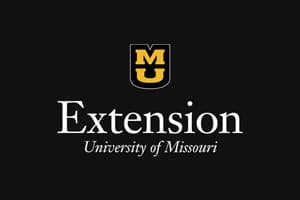
Free MU tool can help plan for flooding, other risks
Free online tool helps landowners plan for flooding and other risks to protect property and resources.

Replant or roll with it? MU guide weighs costs, payoffs
COLUMBIA, Mo. – When faced with a sparse or failed stand, crop producers have to ask themselves a difficult question: Should I replant?
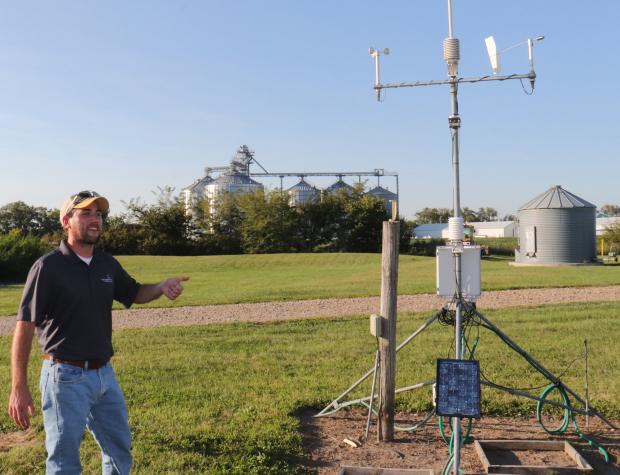
Weather station upgrades will help plan for flood, drought
Upgraded weather stations with soil moisture sensors will improve forecasts and planning for floods and drought across Missouri.
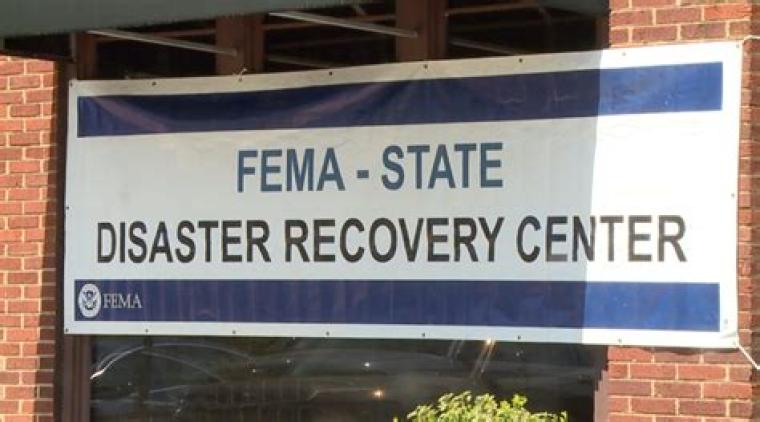
Federal disaster assistance available in southern Missouri
Federal aid available for southern Missouri residents and businesses affected by May 2024 storms and flooding.
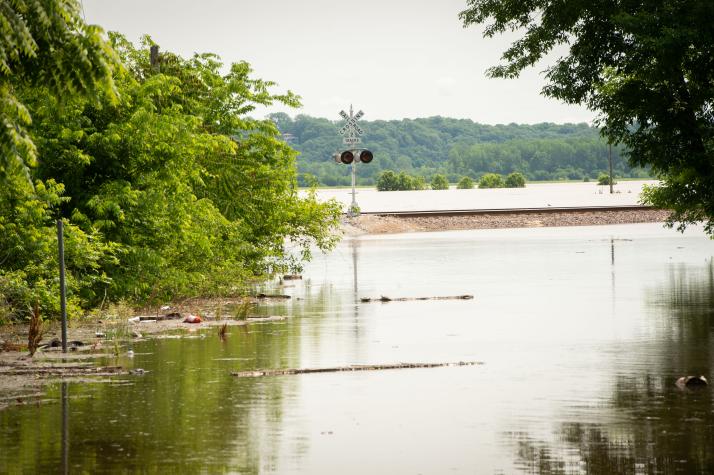
Flood-related resources from MU Extension
Access practical tips and guides to stay safe, protect property, and recover after floods.

Rain, heat increase risk of ponding
Heavy rain and heat can cause ponding in fields, stressing corn and soybean seedlings and affecting growth and yield.
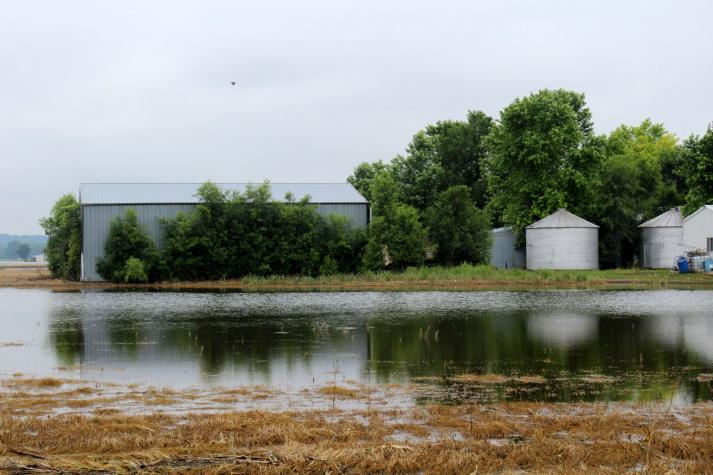
Mother Nature's drenchings damage crops
COLUMBIA, Mo. – Mother Nature has not been kind to Missouri agriculture in 2021, says University of Missouri Extension soybean specialist Bill Wiebold.Spring rains delayed corn and soybean planting well beyond the best date for yield, says Wiebold. Then the rain stopped and hot, dry weather slowed growth. Frequent heavy rains added to the misery in Missouri fields.
Food safety after flooding
After flooding, discard contaminated foods, sanitize cans, and safely clean utensils to prevent foodborne illness and chemical exposure.

After the deluge
ROCK PORT, Mo. – Historic flooding along the Missouri River in 2019 has left many still repairing damage this fall. Cold, snowy weather in early 2019 set the stage for significant flooding in northwestern Missouri as spring approached, said University of Missouri Extension state climatologist Pat Guinan.
USDA-Natural Resources Conservation Service and communities receive Missouri PTAC assistance
Every few years, Missouri gets enough rain to cause extensive flooding from the Mississippi and Missouri Rivers. In the spring of 2019, precipitation caused flooding to easily pass federal flooding thresholds, and large amounts of damage to occur. The US Department of Agriculture (USDA)- Natural Resources Conservation Service has a program available to fix eligible damages to property.

Extension specialist offers tips to repair flood-damaged fields
Learn effective strategies to restore flood-damaged fields, including debris removal, erosion control, and soil management.
Missouri planting progress data as of June 23, 2019
The rain returned to Missouri this past week, leaving only 2.1 days suitable for fieldwork. Soybean plantings progressed by 9 percentage points, but progress was minimal in corn, rice and cotton.
National planting progress data as of June 23, 2019
U.S. weekly crop update as of June 23, 2019: corn 96% planted, soybeans 85%, cotton 96%, with Missouri’s rice slowed by heavy rain.
Proper disposal of flood-damaged grain
download this article
First steps home after a flood
As floodwaters recede and you’re allowed back into your home or business to assess the damage, take lots of pictures of the building and its contents to document damages for insurance claims.
Inspect buildings and look for fire hazards
Once an area has been cleared for you to return, stay out of any buildings where floodwaters remain. Avoid using candles or open flames. Instead, use battery-powered lanterns or flashlights to reduce fire hazards.
Removing water from flooded basements
Ensure safety before entering a flooded basement: turn off utilities, check for structural damage, and pump water gradually to prevent foundation issues.
Flooding in the vegetable garden
Learn how to handle flooded vegetable gardens, protect crops, and ensure food safety after heavy rain or floods.
Saving food after a power outage
Those of us in the Midwest know that spring storms can bring power outages. When freezers and refrigerators are off for several hours, whether it’s due to a storm or an accident, the food safety rules about what to keep or toss are the same.
Keep your food safe during a power outage
When the electricity goes off, one important thing to know is how to save as much food as possible.
How to handle food after a flood
Floodwater can be toxic, so precautions need to be taken to prevent illness. There are special ways of handling cooking utensils like pots and pans as well as food that have been exposed to floodwater.
Make the most from late-planted soybean
download this article
Poor corn stands and crop insurance provisions
Farmers with poor corn stands can explore replanting or switching crops. Understanding crop insurance provisions helps in making informed decisions.
What about nitrogen for a corn crop? Still there?
download this article It’s been wet over the whole state of Missouri. Since October, really, but especially in May.
Possible alternative crops for late planting situations in Missouri
Explore fast-maturing crops like sunflowers, buckwheat, and cowpeas for late planting in Missouri
